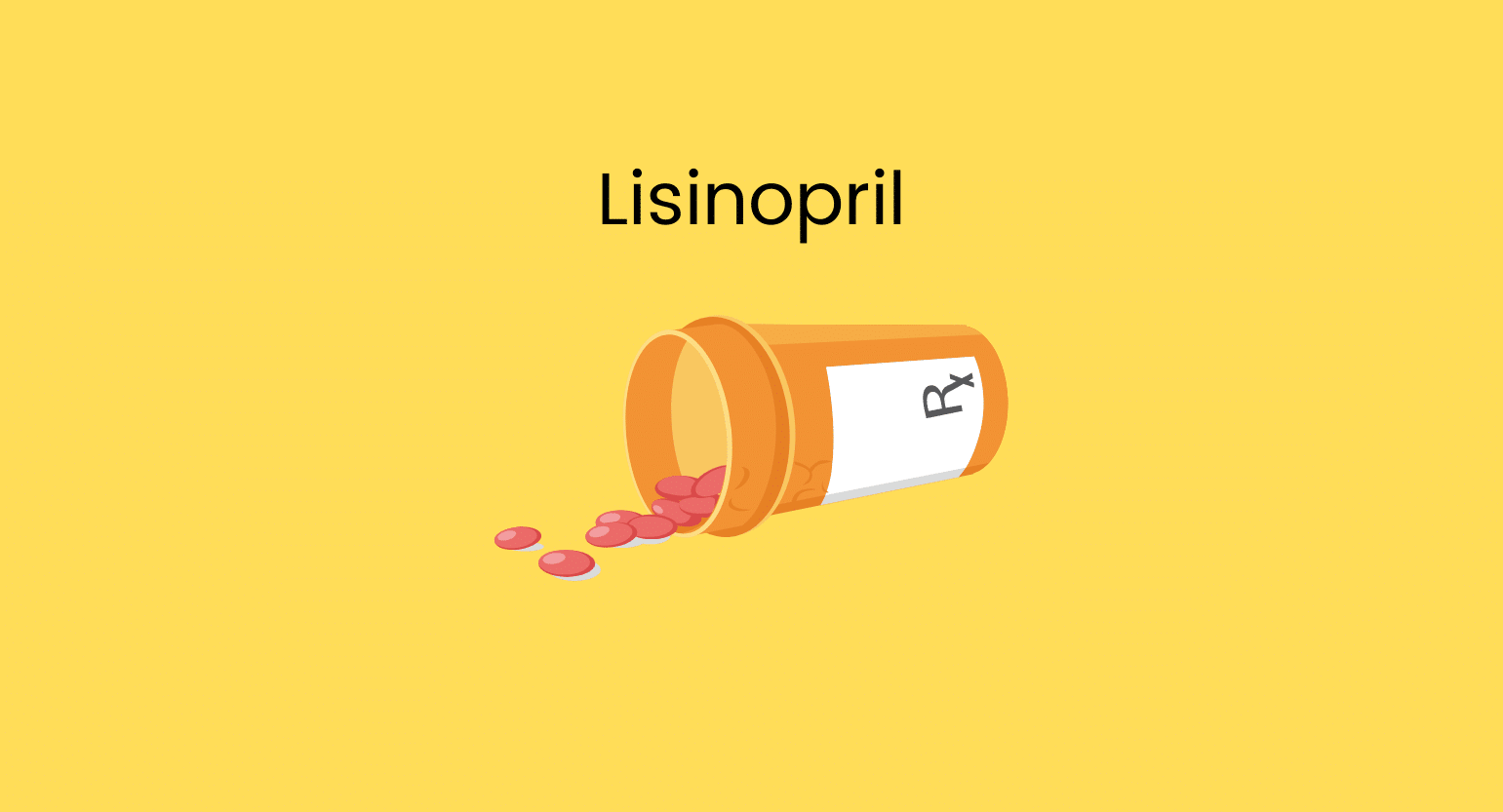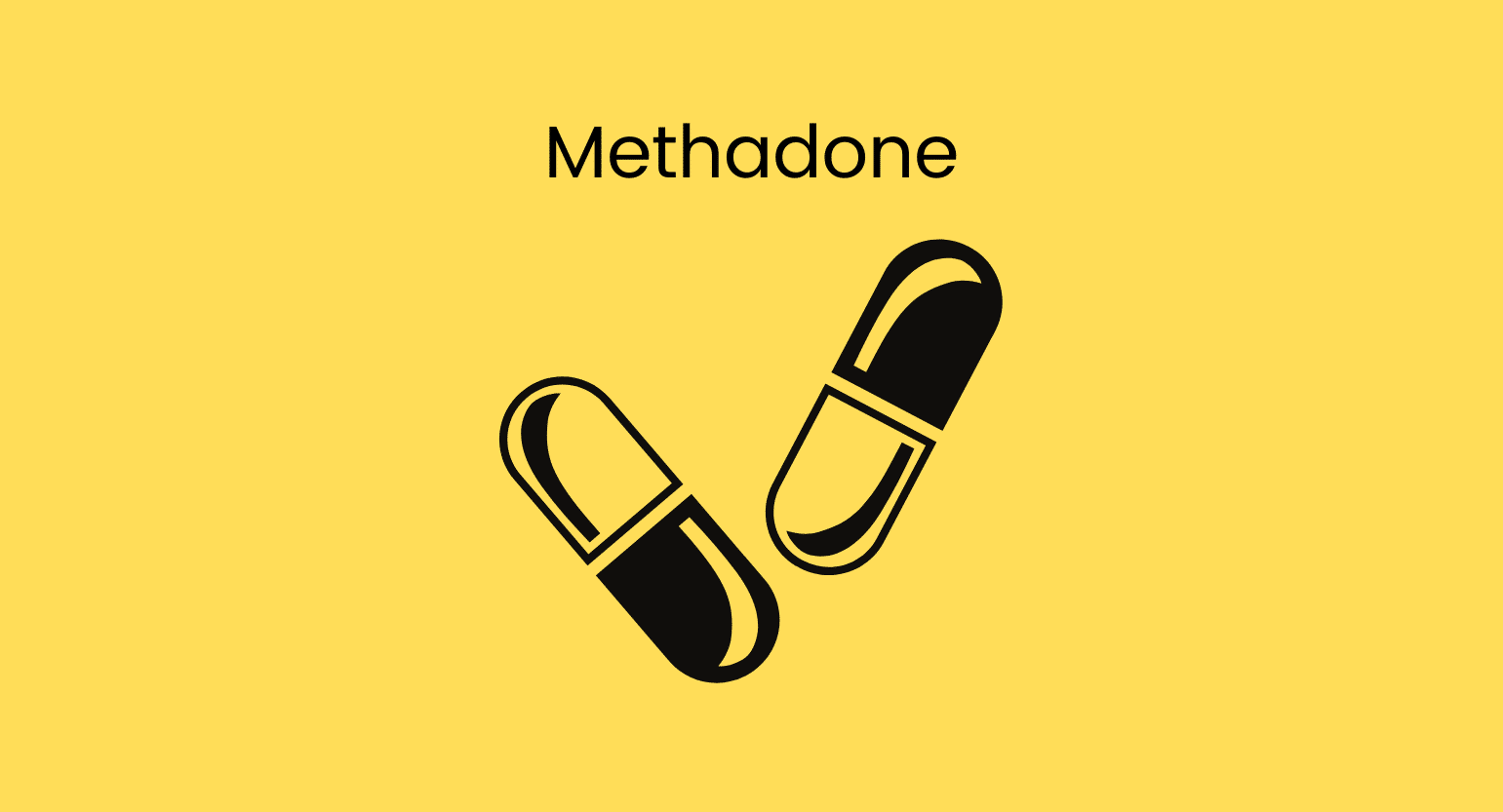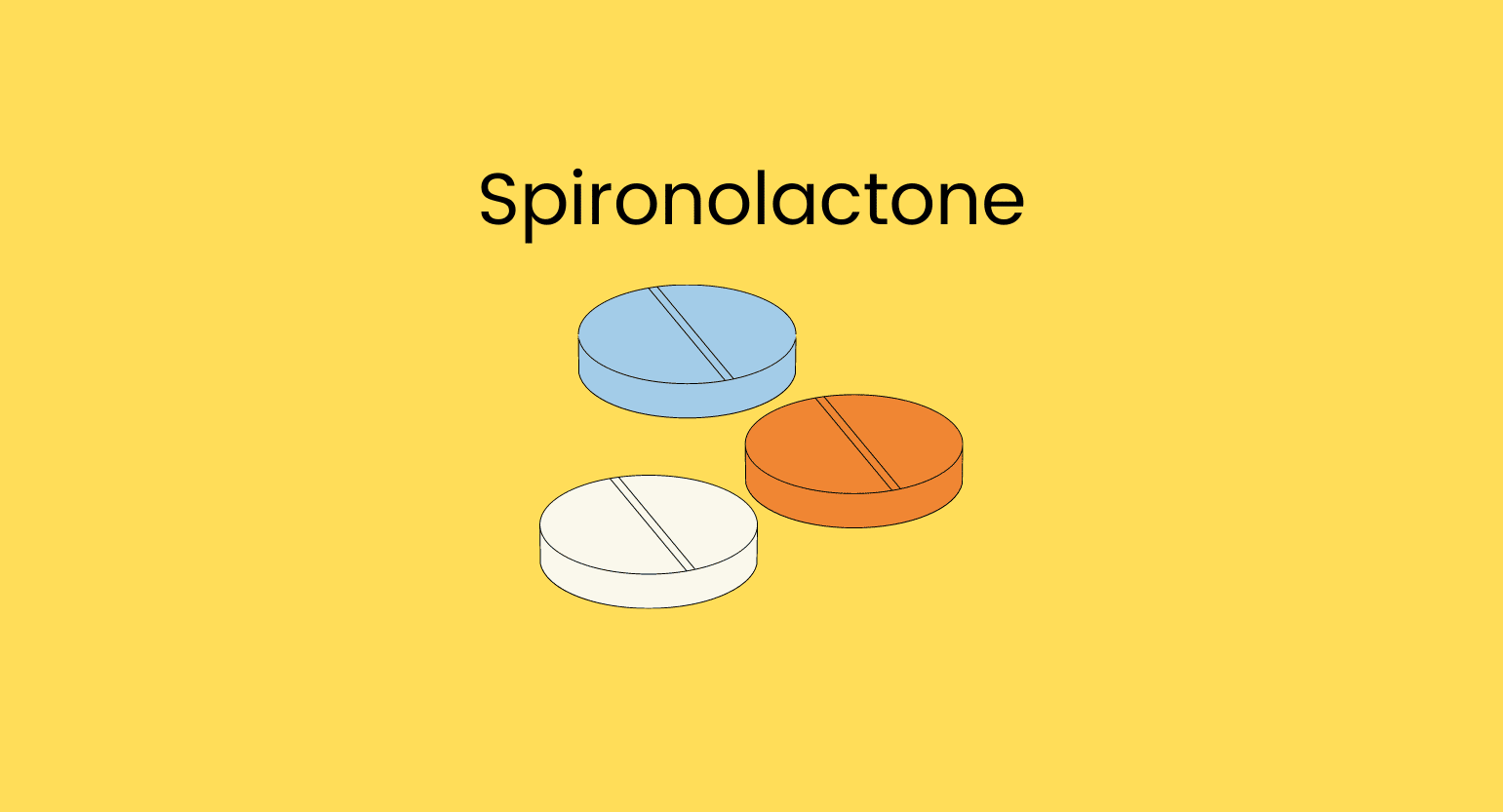Does Kratom Interact With Lisinopril?
Yes, kratom may reduce or inhibit the effects of lisinopril — preventing it from controlling blood pressure effectively. Uncontrolled hypertension could result in serious complications.
Making matters more complicated, higher doses of kratom could add up to the effects of lisinopril — causing blood pressure to dip too low. This drop may result in symptoms including dizziness, confusion, and fainting.
Given that the CYP P450 enzymes do not metabolize lisinopril in the liver, there is no chance that kratom and lisinopril compete for their metabolism.
Kratom & ACE-Inhibitors: Drug Interactions
Lisinopril is classified as an angiotensin-converting enzyme (ACE) inhibitor. Kratom shares a similar interaction risk with other members of the group. However, the interaction with lisinopril is considered the lowest risk because of the absence of metabolic interference. Other ACE inhibitors are metabolized by the liver and may carry additional risks.
Other ACE inhibitor medications that may interact negatively with kratom include:
- Benazepril
- Captopril
- Enalapril
- Fosinopril
- Moexipril
- Perindopril
- Quinapril
- Ramipril
- Trandolapril
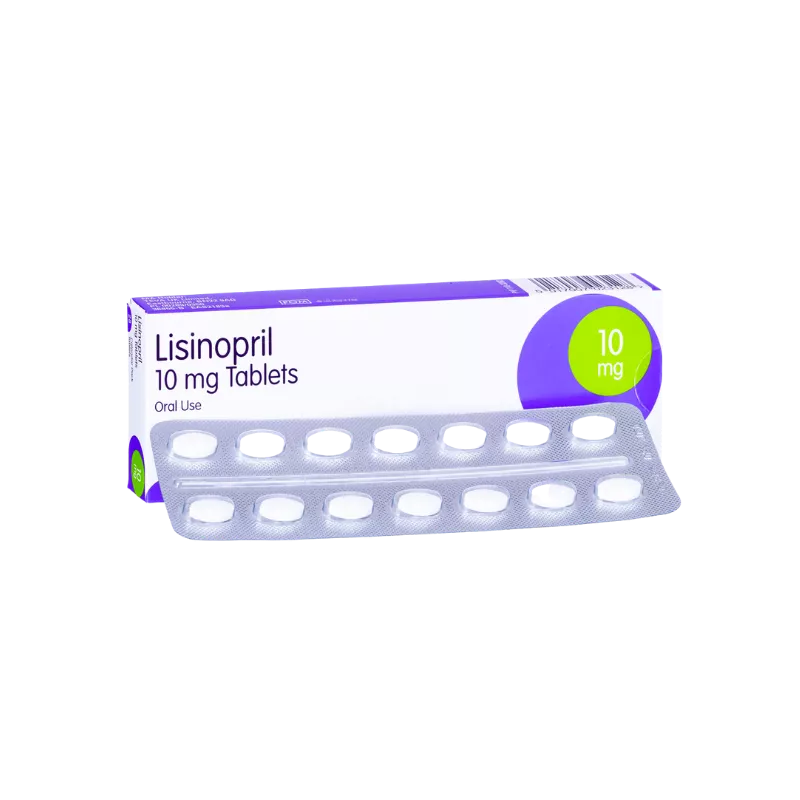
Is It Safe To Take Kratom With Lisinopril?
No, lisinopril and kratom should not be used together unless specified by your prescribing doctor.
Kratom can cause increased blood pressure, which negates the effect of ACE inhibitors and puts hypertensive patients at a higher risk of stroke or heart attacks.
Patients with prehypertension or stage 1 hypertension may be able to use small amounts of kratom safely (in moderation) — but again, it’s essential to discuss this with your doctor first.
What Is Lisinopril?
Lisinopril treats various cardiovascular diseases, including hypertension, stroke, myocardial infarction, coronary artery disease, and more. It’s classified as an ACE inhibitor, one of the most commonly diagnosed classes of antihypertensive medications [7].
ACE stands for angiotensin-converting enzyme. This enzyme converts angiotensin-1 to angiotensin-2. Angiotensin-2 causes blood vessels to contract and leads to high blood pressure.
Lisinopril inhibits ACE, thus preventing the formation of angiotensin-2. This, in turn, helps to prevent constriction of the blood vessels that causes high blood pressure.
Lisinopril Specs
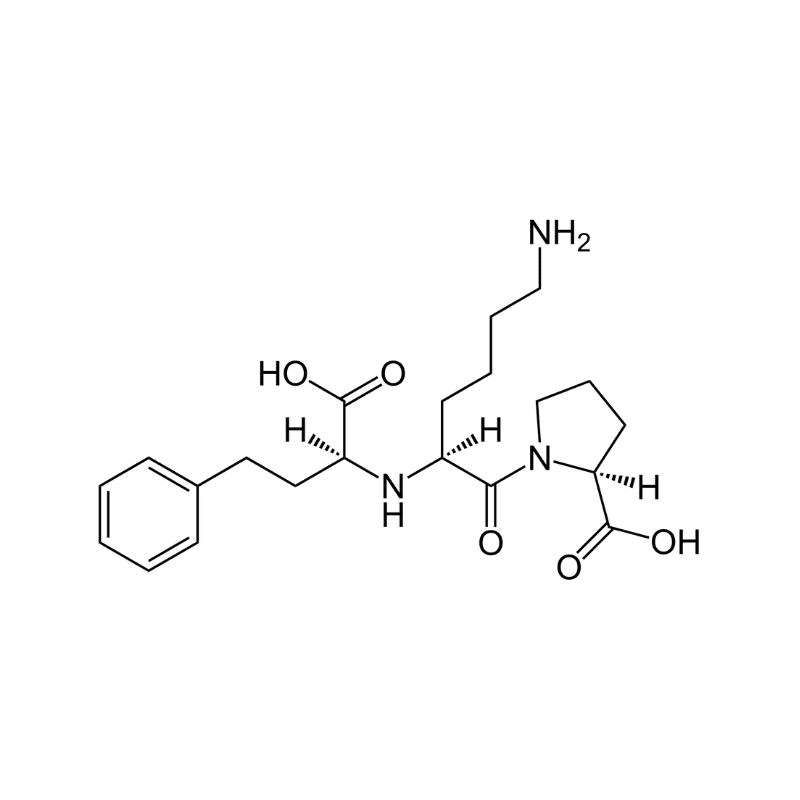
| Drug Name | Lisinopril |
| Trade Name | Prinivil, Zestril |
| Classification | ACE inhibitor |
| CYP metabolism | None |
| Interaction With Kratom | Antagonistic |
| Risk of Interaction | Moderate to severe |
What Is Lisinopril Used For?
Lisinopril is well-established in conventional medicine. It’s FDA-approved for treating various medical conditions and is used off-label in some countries for similar conditions [7].
Some of the most common uses for lisinopril include:
Acute Coronary Syndrome (ACS)
ACE inhibitors such as lisinopril are commonly prescribed medications in stable patients with acute coronary syndrome, commonly known as a heart attack.
It’s prescribed before hospital discharge as part of a medical regimen for ACS patients. Lisinopril is continued indefinitely in patients with concurrent diabetes, heart failure, hypertension, or stable chronic kidney disease.
Chronic Hypertension
High blood pressure for months or years is termed chronic hypertension. There is an increased risk for heart attack, stroke, and kidney failure in patients with chronic hypertension. ACE inhibitors such as lisinopril treat hypertension and lower its effects on vital organs.
Also see: Does Kratom Cause High Blood Pressure?
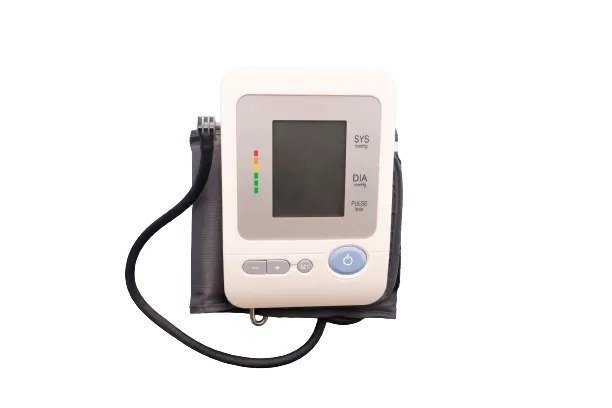
Post-Transplant Erythrocytosis
Erythrocytosis is defined as the increase in red blood cells (RBCs). Angiotensin-converting enzyme inhibition induces programmed cell death of immature forms of RBCs. So, lisinopril is used to treat erythrocytosis post kidney transplant.
Proteinuria in Chronic Kidney Disease
Proteinuria is defined as the presence of protein in the urine. ACE inhibitors reduce the pressure inside the kidney’s filtration apparatus, leading to reduced filtration through the machine. Thus, proteinuria is reduced.
What Is The Recommended Dosage Of Lisinopril?
Lisinopril is available on the market in tablets containing 2.5 mg, 5 mg, 10 mg, 20 mg, 30 mg, and 40 mg. The usual adult dosage ranges from 2.5 to 40 mg per day, depending the condition and individual factors [5, 7].
Always follow the directions as prescribed by your doctor.

What Are The Side Effects Of Lisinopril?
All ACE inhibitors have the potential to cause side effects, and lisinopril is no exception.
Some of the most concerning or common side effects of the drug include:
Acute Kidney Injury
Lisinopril may be associated with minimal urine output and acute kidney injury. The mechanism of injury is related to its pharmacologic action, i.e., it inhibits the narrowing of small blood vessels that carry blood out of the kidney. This, in turn, lowers the amount of blood filtered, thus increasing waste products like urea in the body leading to kidney failure [10].
Angioedema
This is characterized by abrupt and short-lived swelling of the skin and mucous membranes. All body parts may be affected, but swelling most often occurs around the eyes and lips.
ACE inhibitors build up a substance called bradykinin, which causes dilation of blood vessels and increased vascular permeability, causing angioedema [7, 8].
Dry Cough
In adults and children, a dry, hacking, non-productive cough typically associated with tickling or scratching in the throat may occur with ACE inhibitors, including lisinopril. Resolution of the cough typically occurs after 1 to 4 weeks of discontinuation of ACE inhibitors, however, in some cases, it may take up to 3 months [9].
Lisinopril leads to a build-up of bradykinin. Bradykinin accumulates in the lungs and causes constriction of the airways, which causes discomfort, and a dry cough develops as a side effect.

Hyperkalemia
Hyperkalemia means an increased level of potassium in circulation. Lisinopril inhibits the elimination of potassium from your body, leading to hyperkalemia [7]. This side effect can cause serious side effects, including death, if not adequately monitored.
Dizziness
Lisinopril lowers blood pressure; if the blood pressure drops more than required, your central nervous system won’t receive enough blood, leading to dizziness, confusion, and fainting.
Itching
Excessive itching may occur following the administration of lisinopril. This is due to irritation of nerve endings in the skin by bradykinin.

What Is Kratom?
Kratom (Mitragyna speciosa)is a tropical plant found in Southeast Asia. It belongs to the coffee family and has several unique pharmacological properties. The active components, mitragynine and 7-hydroxymitragynine, stimulate opioid receptors, dopamine receptors, adrenergic receptors, and more [6].
There are well over 50 active ingredients in kratom, making it exceptionally complex. Like many medicinal plants, kratom has many uses. The most common uses are for boosting energy (as a coffee alternative), managing chronic pain, and alleviating anxiety.
While many people fear the plant because of its opioid-like effects, others are using it successfully as an alternative to significantly more addictive opioid painkillers.

What Is The Appropriate Dose Of Kratom?
An average dosage range for kratom is between 2 g and 12 g per day of the dried kratom powder.
For beginners, it’s best to stick to lower doses to allow your body to adapt.
Once you’re familiar with how the plant affects your body individually, the dose can gradually increase until you find sufficient relief. Never exceed 12 grams of dried kratom per dose.
What Are The Side Effects Of Kratom?
When taken in small amounts and used responsibly, side effects are rare. But, if you use high doses, some adverse effects of kratom may occur, such as:
- Changes in urinary frequency
- Chills
- Constipation
- Dizziness
- Drowsiness
- Dry mouth
- Headaches
- Heart palpitations
- Muscle pain
- Nausea
- Vomiting
- Weight loss
Also see: Is Kratom Hard on the Liver?
What Are The Different Types Of Kratom?
There are many different types of kratom, called strains.
Each strain is differentiated by where it was grown, its phenotype, and its processing after harvest.
The alkaloid profiles of each strain are unique and provide distinct effects. Some strains are better for managing pain; others better regulate mood.
White vein kratom is generally better for the euphoric and energy-enhancing effects; green vein kratom is considered the best “all-arounder”; red vein kratom is better for pain or sleep.

Key Takeaways: Kratom & Lisinopril Risks
When taken together, kratom and lisinopril may interact antagonistically, meaning that kratom may produce effects that oppose the effects of lisinopril. This may cause lisinopril or other ACE inhibitors to become ineffective.
Poor management of hypertension or other cardiovascular diseases may result in serious side effects.
Because of this, it’s best to avoid using kratom if you’ve been prescribed antihypertensive medications unless given direct approval from your prescribing physician.
- Armayor, G. M., & Lopez, L. M. (2016). Lisinopril: A New Angiotensin-Converting Enzyme Inhibitor: Drug Intelligence and Clinical Pharmacy, 22(5), 365–372.
- Zisaki, A., Miskovic, L., & Hatzimanikatis, V. (2015). Antihypertensive Drugs Metabolism: An Update. Current Pharmaceutical Design, 21(6), 806-822.
- Trakulsrichai, S., Sathirakul, K., Auparakkitanon, S., Krongvorakul, J., Sueajai, J., Noumjad, N., Sukasem, C., & Wananukul, W. (2015). Pharmacokinetics of mitragynine in man. Drug Design, Development, and Therapy, 9, 2421.
- Aggarwal, G., Robertson, E., McKinlay, J., & Walter, E. (2017). Death from Kratom toxicity and the possible role of intralipid: Journal Of the Intensive Care Society, 19(1), 61–63.
- Simpson, K., & Jarvis, B. (2012). Lisinopril. Drugs 2000 59:5, 59(5), 1149–1167.
- Thongpradichote, S., Matsumoto, K., Tohda, M., Takayama, H., Aimi, N., Sakai, S. I., & Watanabe, H. (1998). Identification of opioid receptor subtypes in antinociceptive actions of supraspinally-administered mitragynine in mice. Life Sciences, 62(16), 1371–1378.
- Lopez, E. O., Parmar, M., Pendela, V. S., & Terrell, J. M. (2022). Lisinopril. In StatPearls [Internet]. StatPearls Publishing.
- Rees, R. S., Bergman, J., & Ramirez-Alexander, R. (1992). Angioedema associated with lisinopril. The American journal of emergency medicine, 10(4), 321-322.
- Yılmaz, İ. (2019). Angiotensin-converting enzyme inhibitors induce cough. Turkish thoracic journal, 20(1), 36.
- Heeg, J. E., De Jong, P. E., & De Zeeuw, D. (1989). Lisinopril and renal failure. The Lancet, 333(8642), 846.

